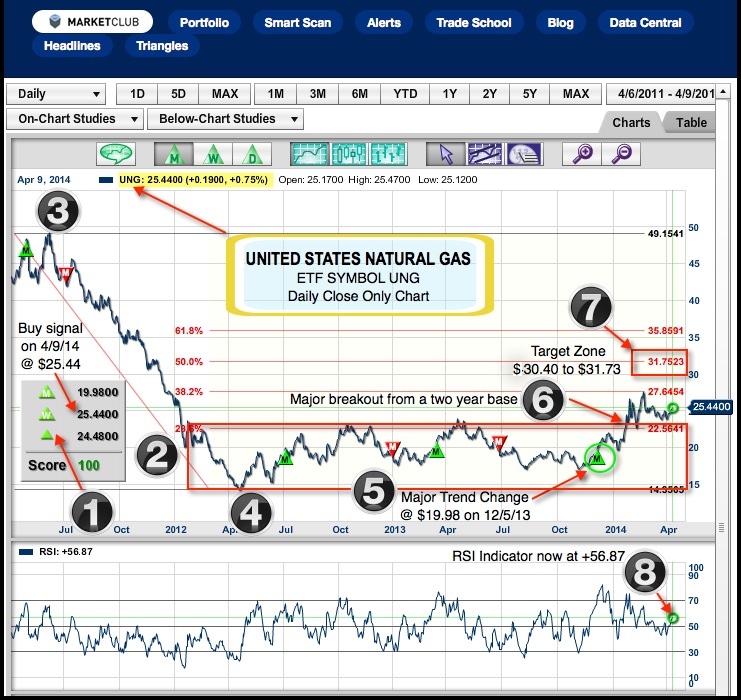By: Elliott Wave International
The following article was adapted from Robert Prechter's June 2014 issue of The Elliott Wave Theorist, one of the longest-running investment letters in the business, continuously published monthly since 1979.
Figure 1 shows the stock market's waves from 1693 to the present. The circled Roman numerals denote waves of Grand Supercycle degree, the largest complete waves for which stock market data exist.

Wave I (circled) ended in 1720 at the peak of the South Sea Bubble in England. Wave II (circled) took the form of a zigzag, labeled (a)-(b)-(c); it ended in 1784. Third waves are usually extended, meaning they are longer than wave one and have clear subdivisions. This is exactly how wave III (circled) developed. It ended in 2000.
Wave III (circled) subdivides into five waves. Wave (I) ended in 1835, wave (II) in 1859, wave (III) in 1929, wave (IV) in 1932 and wave (V) in 2000.
Wave (V) subdivides into five waves, as illustrated in Figure 2. Wave I ended in 1937, wave II in 1942, wave III in 1966, wave IV in 1974 or 1982, and wave V in 2000. Continue reading "The Stock Market with Elliott Wave Labels from 1693 to Present Day Reveals a Bear Market Formation Since 2000"




